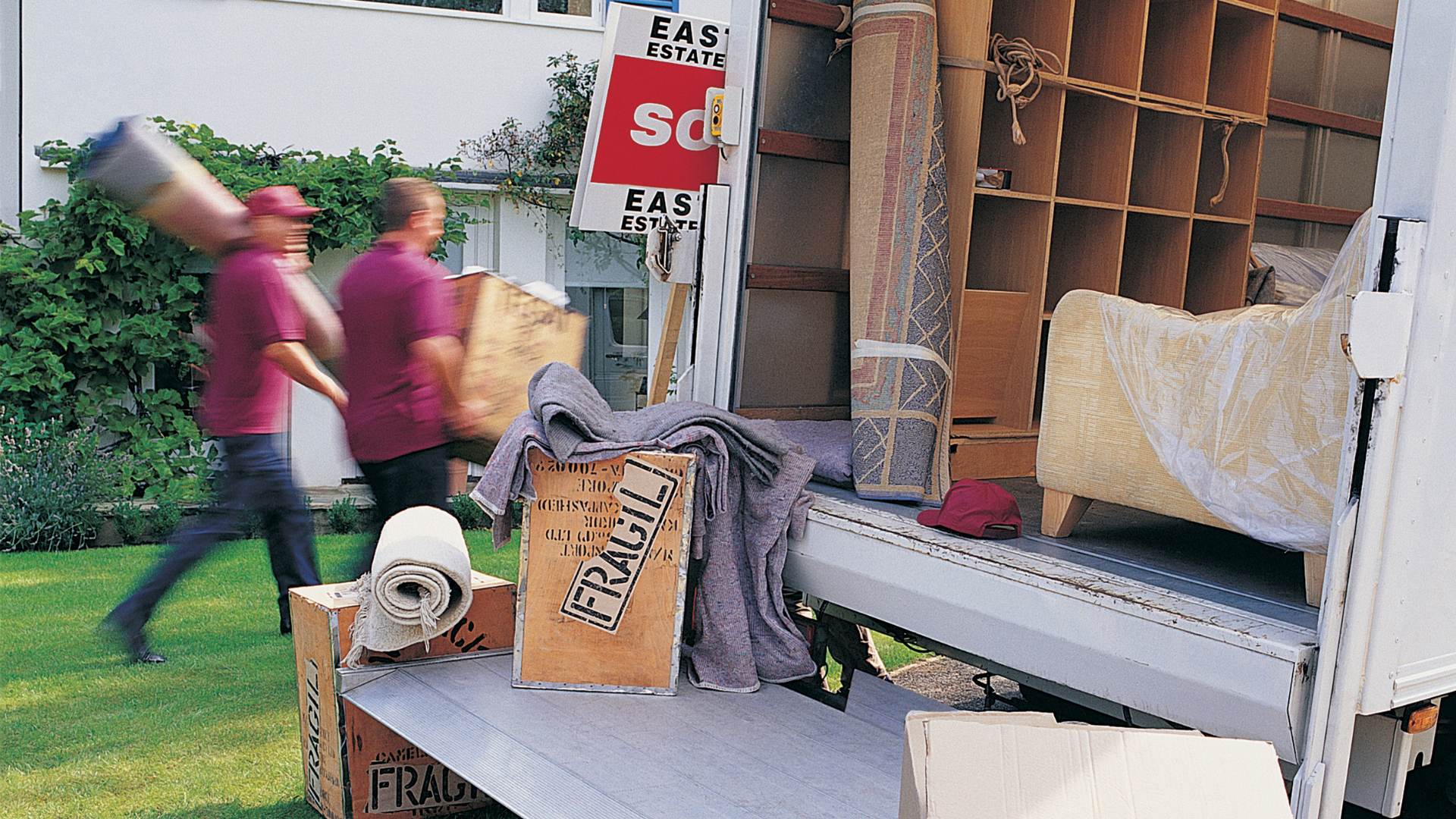Moving can be an expensive endeavor, but with careful planning and strategic decisions, you can manage your relocation without breaking the bank. Here’s a guide on how to navigate the moving process while sticking to a tight budget.
1. Create a Detailed Moving Budget
Plan Your Expenses
Start by creating a detailed budget that outlines all potential moving costs, including packing supplies, transportation, and any additional fees. Break down each expense and estimate how much you can spend in each category.
Track Your Spending
Keep track of all expenses related to the move to ensure you stay within your budget. Use budgeting tools or apps to help monitor your spending and make adjustments as needed.
2. Declutter and Downsize
Sell or Donate Unneeded Items
Before packing, go through your belongings and decide what to keep, sell, or donate. Reducing the number of items you move can lower moving costs and simplify the process. Consider hosting a garage sale or using online platforms to sell unwanted items.
Minimize Moving Volume
Fewer items mean less packing and fewer boxes, which can lead to cost savings, especially if you’re paying for moving services based on volume or weight.
3. Compare Moving Quotes
Get Multiple Estimates
Reach out to several moving companies to obtain quotes and compare their services. Be sure to get written estimates and inquire about any potential additional charges. Comparing quotes helps you find the most affordable option.
Consider Off-Peak Moving Times
Moving during peak seasons, like summer or the end of the month, can be more expensive. If possible, schedule your move during off-peak times to take advantage of lower rates.
4. Opt for DIY Moving
Rent a Truck
If you’re up for a DIY move, renting a moving truck can be a cost-effective alternative to hiring professional movers. Choose a truck size that matches your needs and compare rental rates from different companies.
Enlist Help
Ask friends and family to help with packing, loading, and unloading. Providing food and drinks as a thank-you gesture can be more affordable than paying for moving services.
5. Use Free or Low-Cost Packing Materials
Source Free Boxes
Obtain free moving boxes from local grocery stores, bookstores, or online marketplaces. Many stores give away boxes that are still in good condition.
Repurpose Household Items
Use towels, blankets, and clothing to wrap and protect fragile items. This can save you money on packing materials while also reducing waste.
6. Pack Efficiently
Pack Yourself
Packing your belongings yourself can significantly reduce moving costs. Start early to avoid last-minute packing and organize your items to make the process more efficient.
Label and Organize
Clearly label each box with its contents and the room it belongs to. This will make unpacking easier and help avoid any additional costs associated with misplaced items.
7. Consider Moving Insurance
Evaluate Coverage Options
While moving insurance is an added expense, it can protect you from potential loss or damage. Compare insurance options and choose a plan that fits your budget and needs.
Check for Existing Coverage
Some homeowners or renters insurance policies cover moving-related damage. Verify with your insurance provider to see if you already have coverage before purchasing additional insurance.
8. Take Advantage of Discounts and Coupons
Look for Discounts
Many moving companies offer promotions or discounts, especially if you book in advance. Search for online coupons or special offers to reduce your moving costs.
Join Loyalty Programs
If you’ve used a moving company before or if they have a loyalty program, inquire about any discounts or benefits for returning customers.
9. Manage Utility and Service Transfers Efficiently
Avoid Overlaps
Plan the transfer of utilities and services to minimize overlap periods. Cancel services at your old address once you’re sure everything is disconnected and activated at your new home.
Negotiate Fees
If you’re moving utility services to a new address, ask if you can negotiate any fees or get a discount for setting up services in advance.
10. Keep an Emergency Fund
Set Aside Extra Funds
Even with careful planning, unexpected expenses can arise. Set aside a small emergency fund to cover any unforeseen costs during the moving process.
By implementing these strategies, you can effectively manage your move on a tight budget and minimize financial stress. With careful planning and smart choices, your relocation can be both cost-effective and successful.


.svg)


